Deep beneath the Earth's surface, in abandoned mines and mountain tunnels, scientists are hunting for one of the universe's most elusive phantoms—sterile neutrinos. These hypothetical particles, if proven to exist, could rewrite our understanding of particle physics and cosmology. Unlike their more sociable neutrino cousins, sterile neutrinos interact only through gravity, making them nearly impossible to detect with conventional means. This has turned the search into a high-stakes game of quantum hide-and-seek played out in ultra-sensitive detectors shielded from cosmic interference.
The concept of sterile neutrinos emerged as a potential solution to several puzzling anomalies in neutrino experiments. While standard neutrinos are known to oscillate between three flavors (electron, muon, and tau), certain observations suggest this might not tell the whole story. Reactor neutrino experiments have consistently measured fewer particles than predicted, while other detectors have spotted unexpected oscillation patterns. These discrepancies have led physicists to suspect a fourth, more aloof neutrino variety that fleets in and out of our dimensional reality.
Underground laboratories have become the frontline in this investigation, with facilities like the Deep Underground Neutrino Experiment (DUNE) in South Dakota and Japan's Super-Kamiokande leading the charge. These cavernous detectors are filled with ultra-pure liquids that occasionally flash with light when a neutrino interacts—a rare event made rarer still by sterile neutrinos' refusal to participate in such reactions. Researchers must instead look for subtle distortions in the expected patterns of regular neutrino behavior, like cosmic detectives searching for shadows cast by invisible suspects.
What makes sterile neutrinos particularly tantalizing is their potential dual role in solving cosmic mysteries. They could simultaneously explain the perplexing shortage of antimatter in the universe and account for dark matter—the invisible scaffolding that holds galaxies together. Some theories suggest sterile neutrinos might have been instrumental in creating the matter-antimatter imbalance during the Big Bang, while their substantial mass (compared to regular neutrinos) could make them ideal dark matter candidates. This dual-purpose potential has physicists racing to confirm or rule out their existence.
The technological innovations driving this search are as extraordinary as the particles themselves. New detector materials like liquid argon allow for incredibly precise tracking of neutrino interactions, while quantum sensors can now identify the faintest signals. Perhaps most remarkably, entire experimental setups are being designed to be vibration-free, as even the subtle movement of Earth's crust could mimic the signals scientists seek. Teams have gone so far as to suspend detectors in underground lakes of purified water, creating pristine environments where a sterile neutrino's whisper might finally be heard.
As the hunt intensifies, the scientific community remains divided between optimism and skepticism. Some researchers argue that previous anomalies were simply measurement errors now being resolved by more precise experiments. Others point to intriguing new data from space telescopes that might indirectly support sterile neutrino theories. What all agree on is that answering this question—whether these phantom particles exist or not—will significantly advance our understanding of the subatomic world and the universe's fundamental architecture.
Beyond the realm of pure physics, confirmation of sterile neutrinos would have profound philosophical implications. It would mean we've been missing an entire category of matter that doesn't play by the established rules of particle interactions. Much like the discovery of dark energy revolutionized cosmology in the late 20th century, sterile neutrinos could force another radical rethink of how we conceptualize reality. For now, the underground detectors continue their silent vigil, waiting for the universe to reveal whether this particular ghost is fact or fiction.
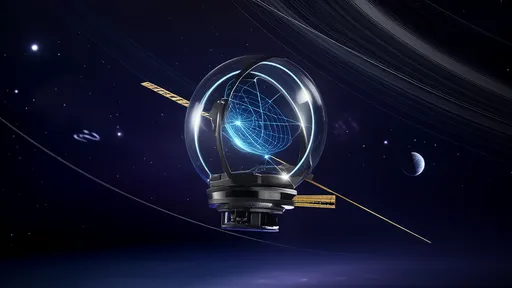
By /Aug 5, 2025
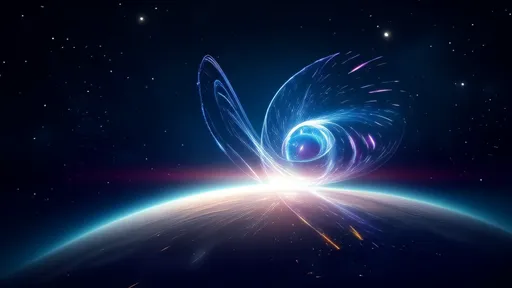
By /Aug 5, 2025

By /Aug 5, 2025
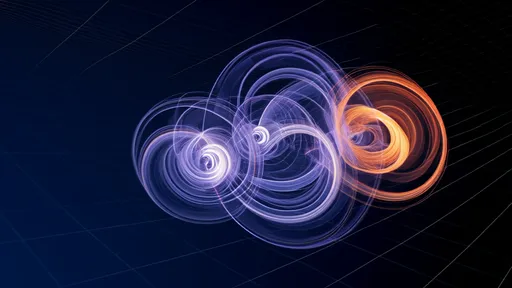
By /Aug 5, 2025
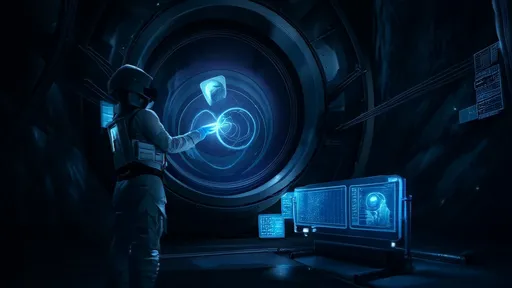
By /Aug 5, 2025
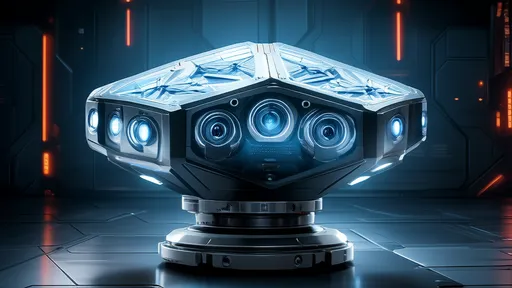
By /Aug 5, 2025
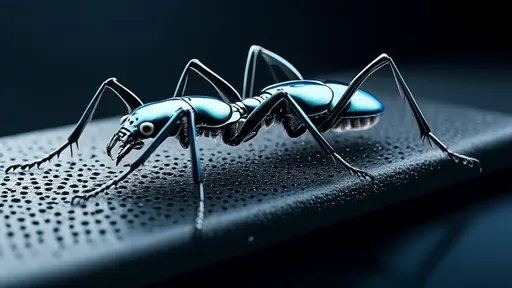
By /Aug 5, 2025
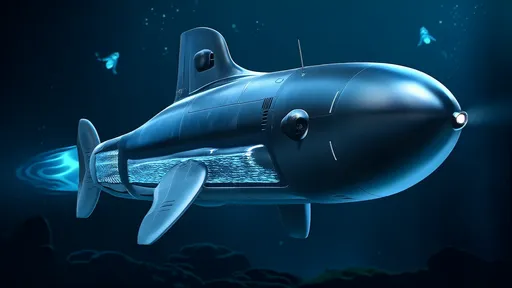
By /Aug 5, 2025
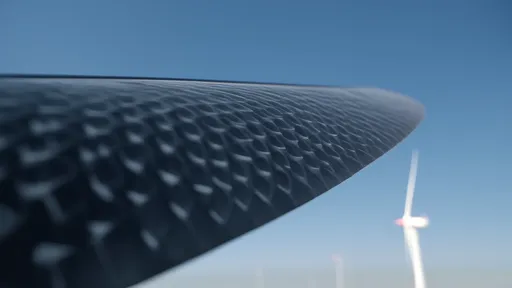
By /Aug 5, 2025

By /Aug 5, 2025
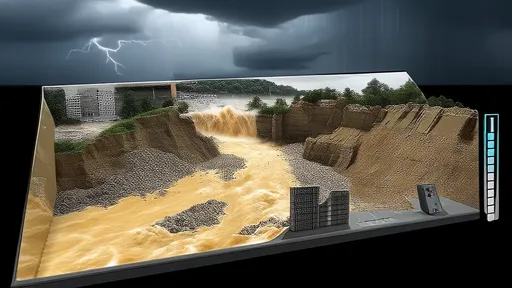
By /Aug 5, 2025

By /Aug 5, 2025
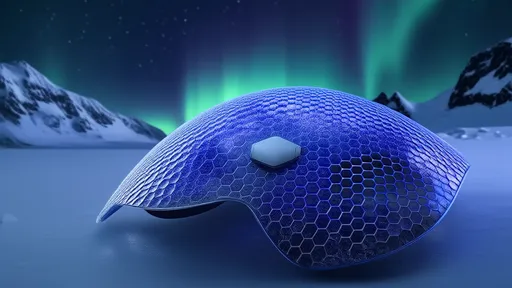
By /Aug 5, 2025
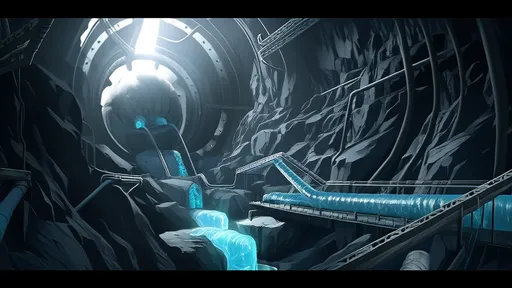
By /Aug 5, 2025

By /Aug 5, 2025
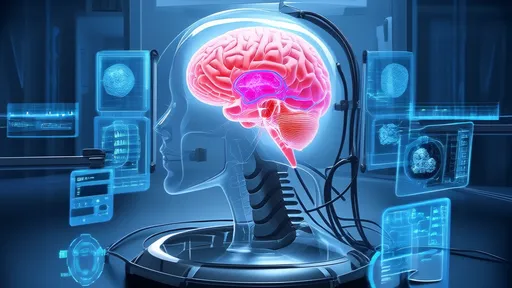
By /Aug 5, 2025
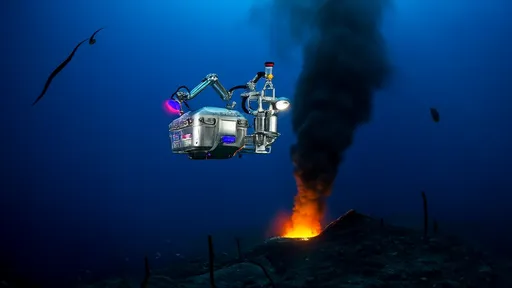
By /Aug 5, 2025
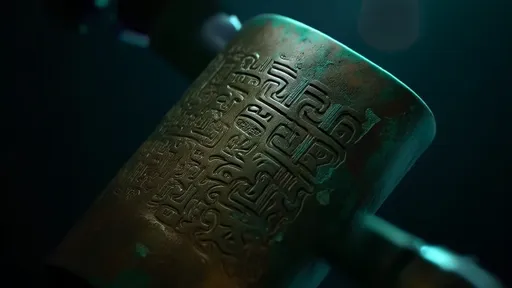
By /Aug 5, 2025

By /Aug 5, 2025
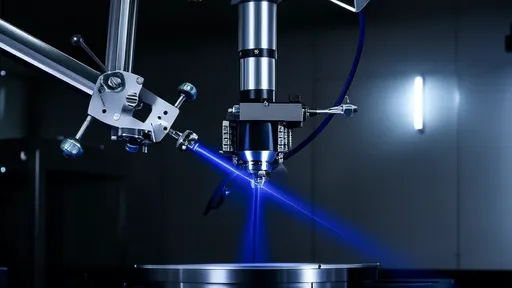
By /Aug 5, 2025